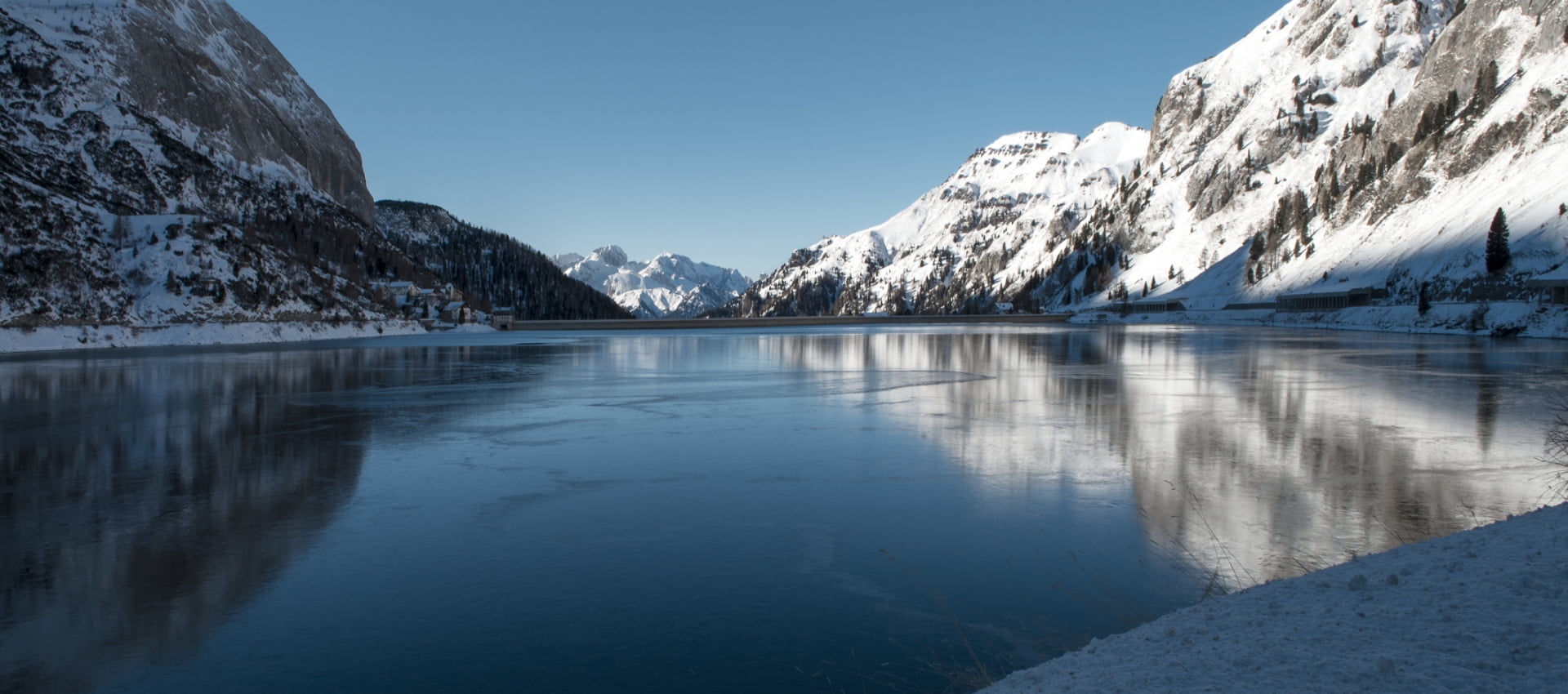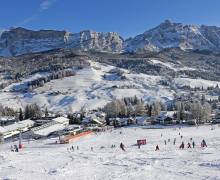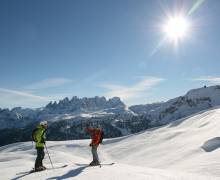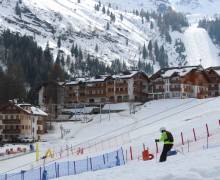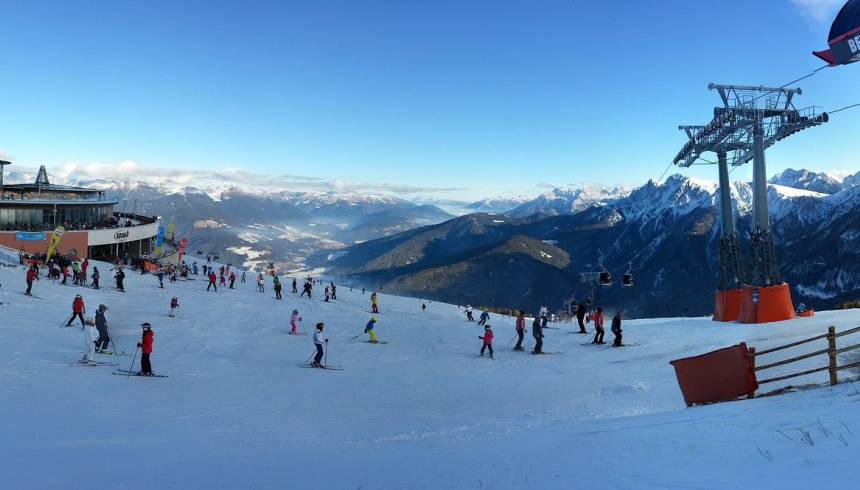
How to be prepared before getting on to the ski slopes to avoid any physical injuries
How to be prepared before getting on to the ski slopes to avoid any physical injuries
With the opening of the new ski season no wonder the avid skiers cannot wait to get on the slopes.
However, being physically prepared for snow sports, especially after a long break is of essence.
Official data shows that there are tens of thousands of people injured every year on the ski slopes.
Research shows that the most common causes for injuries are:
• poor physical preparation;
• skiing when you are tired;
• no respect for the rules of conduct on the slopes.
Another interesting data about skiing injuries highlights that the individuals most at risk are those who do not practice any other sport during the year but only skiing in winter and have a sedentary work.
Prevention tips
Skiing is an enduring sport that requires excellent preparation in order to be carried out safely. Athletic training is the biggest difference between a sports skier and a recreational one.
Problems in skiing usually arise when you cannot control your legs, they become tired and there is no more resistance to fatigue. In fact, those who get hurt by skiing are often mid-level skiers, they might have the technique but lack the sufficient physical preparation to support them.
Pre-ski athletic exercising is a fundamental training activity, one should start it well in advance to getting on the slopes.
During skiing, snow- boarding there is lots of pressure on our muscles and joints. Some expert tips to prevent injuries are:
• use of the helmet to reduce the risk of head injuries
• Skis, bindings and boots must be in good condition and quality. It’s recommended to change them every 3-4 years. In particular, making sure your boots are correctly attached to the bindings before you descend on a slope has proven effective in reducing the number of injuries or in the event of a fall, minimises the risk of a knee sprain and injury to of the ligaments.
• Adequate athletic preparation: muscle toning, agility and balance training.
• Take a short warm-up and a few breaks while on the slopes to prevent fatigue.
• Adjust your speed and movements according to your technical ability, weather conditions, terrain and snow conditions.

